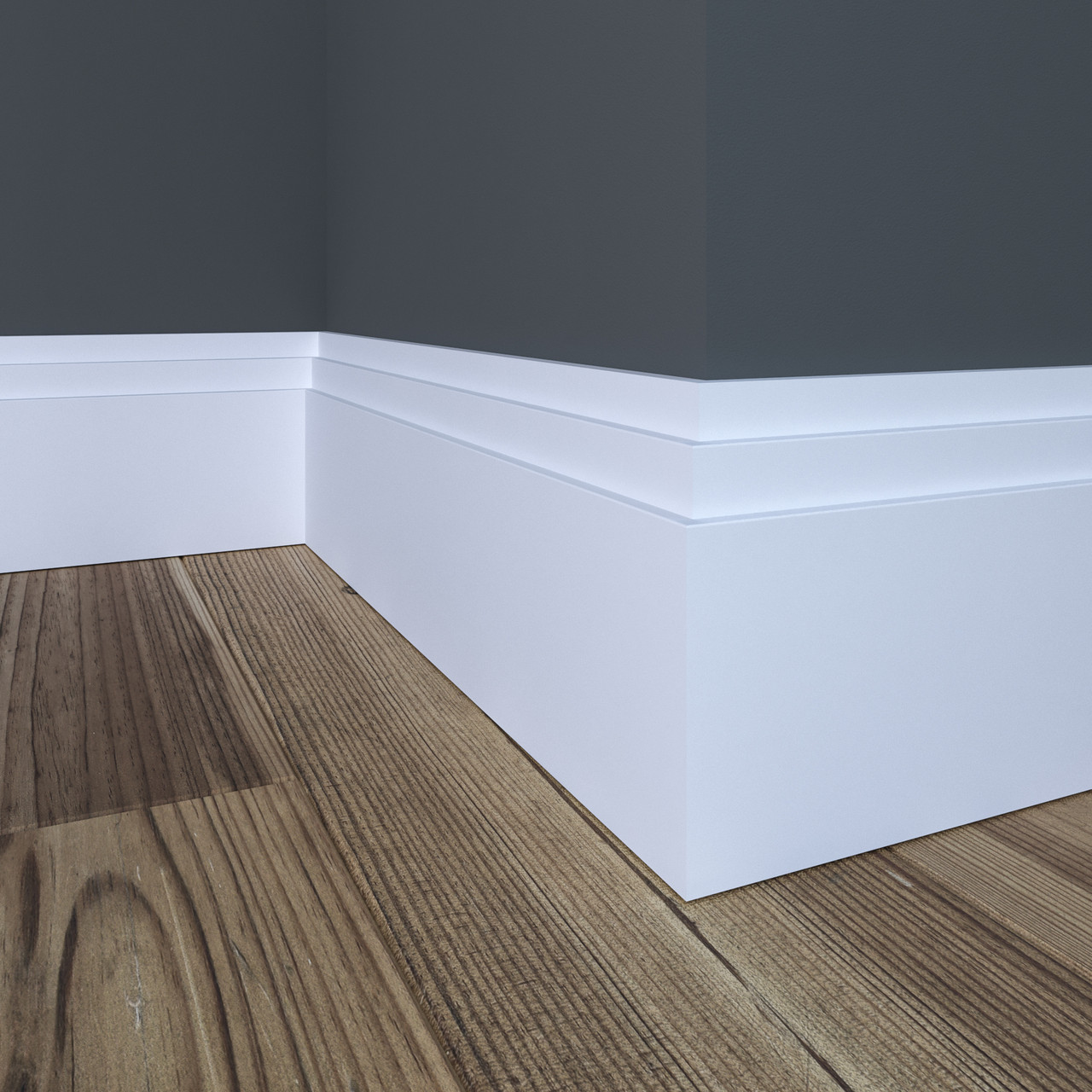Baseboard Moulding: Elevate Your Space
Baseboard moulding serves as more than a mere finishing touch in interior design; it is a transformative element that enhances the aesthetic appeal of your home. This versatile trim not only conceals the gap between the wall and floor but also adds character and style to any room. Whether your taste leans towards modern baseboards, colonial baseboard, or eclectic, the right baseboard moulding can amplify your interior design and provide a polished finish. In this guide, we'll delve into the essentials of baseboard moulding, highlight its numerous advantages, and offer tips on selecting the perfect style for your home.
Understanding Baseboard Moulding
When considering materials, baseboard moulding is commonly available in wood baseboards and MDF (medium-density fiberboard). Wood baseboards offer a timeless appeal and can be stained or painted to match any décor. On the other hand, MDF is a cost-effective option that is easy to work with and paint, making it a popular choice for many homeowners. Baseboard moulding comes in various styles and profiles, ranging from intricate colonial baseboard designs to sleek modern baseboards profiles. Understanding these differences aids in selecting base moulding that complements your interior design vision.
Benefits of Installing Baseboard Moulding
Baseboard moulding is not merely decorative; it offers multiple benefits that can transform your living space. A primary advantage is its capacity to enhance a room's aesthetic appeal. Whether your preference is for a classic, modern, or rustic look, the right baseboard moulding adds character and elegance to your interiors. It serves as a visual anchor, tying together different design elements and creating a polished finish that elevates the overall ambiance.
Besides its aesthetic benefits, base molding serves a practical function by safeguarding walls against damage. Walls are often susceptible to scuffs, scratches, and wear from furniture and foot traffic. Installing baseboard moulding creates a protective barrier for the lower part of your walls, preventing unsightly marks and extending the life of your paint and drywall. Moreover, baseboard moulding can contribute to better energy efficiency by closing gaps between walls and floors, reducing drafts, and potentially lowering heating and cooling costs. By investing in high-quality baseboard moulding from ornamental.com, you not only enhance your home's beauty but also its functionality and efficiency.
Choosing the Right Baseboard Moulding
Selecting the appropriate baseboard moulding involves several factors to ensure it suits your space. First, consider the height of the base moulding. Taller baseboards can create a dramatic effect and enhance a room's perceived height, while shorter options offer a more subtle finish. Next, think about the material: wood baseboards and MDF each present distinct advantages in terms of durability and aesthetics. Wood baseboards provide a classic look, while MDF is often more affordable and easy to paint.
Matching your base molding with existing décor is crucial for a cohesive look. Consider the color scheme and architectural style of your home. For example, modern interiors may benefit from sleek, minimalistic modern baseboards, while traditional homes might be enhanced by ornate colonial baseboard designs. The finish of the baseboard moulding, whether painted or stained, can complement or contrast beautifully with your walls.
Finally, installation best practices can significantly impact your project’s outcome. Measure accurately and cut base molding at a 45-degree angle for seamless joints. Use a level for straight lines, and secure the baseboard moulding with adhesive or finishing nails. Fill any gaps or nail holes with caulk or wood filler for a polished appearance. By considering these factors, you can enhance your space with the perfect baseboard moulding.

